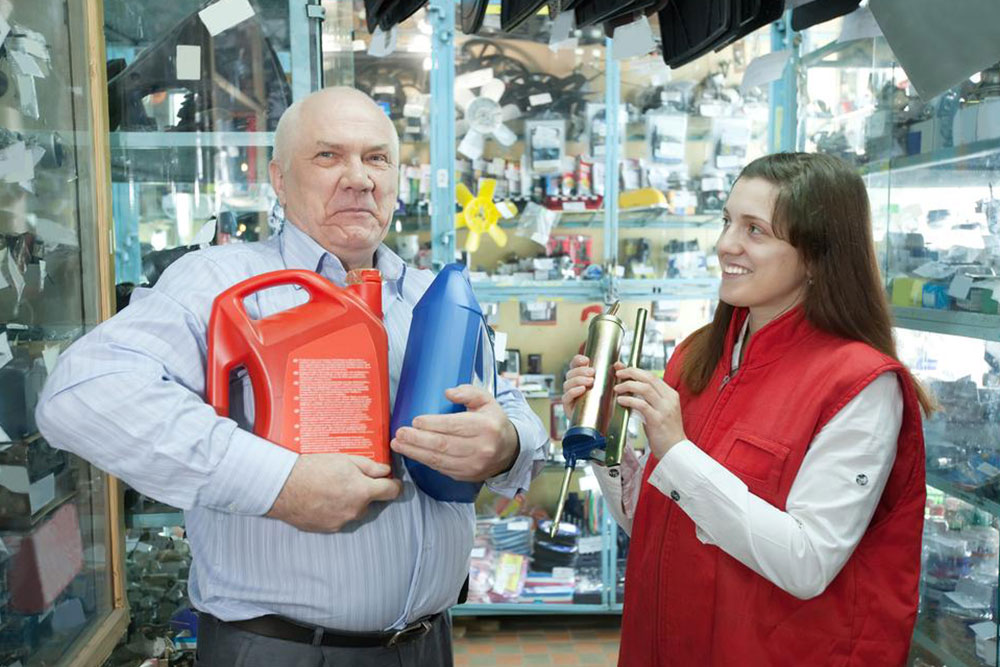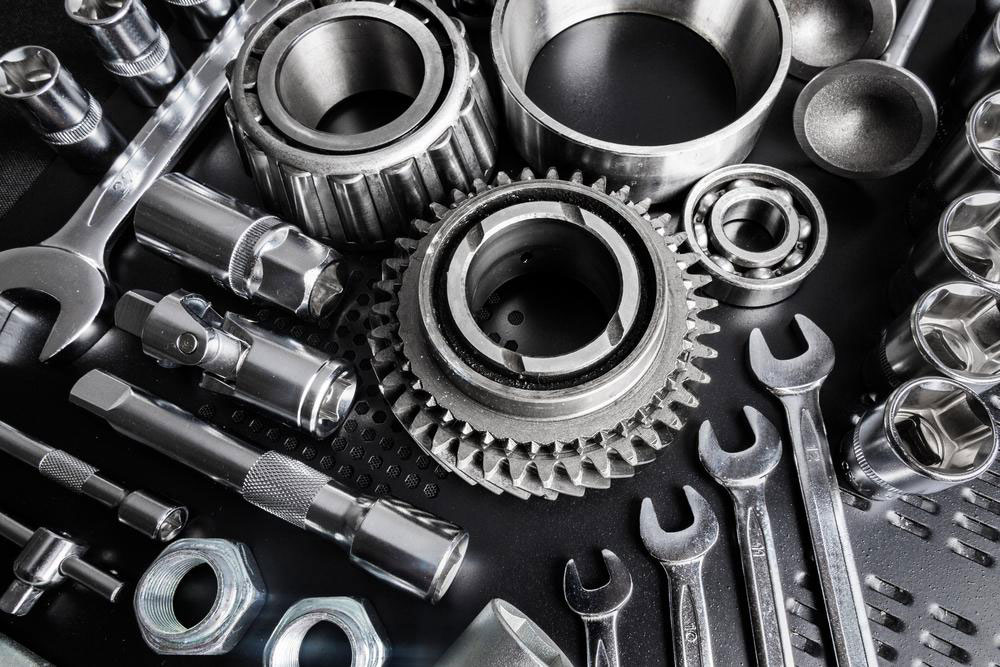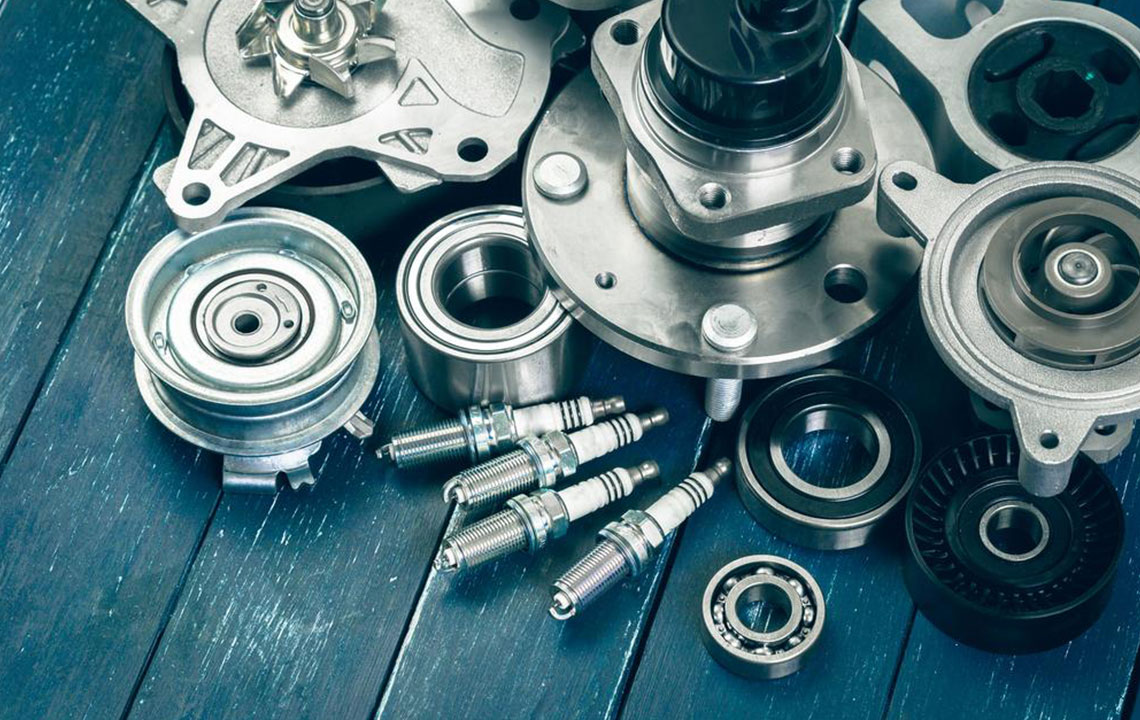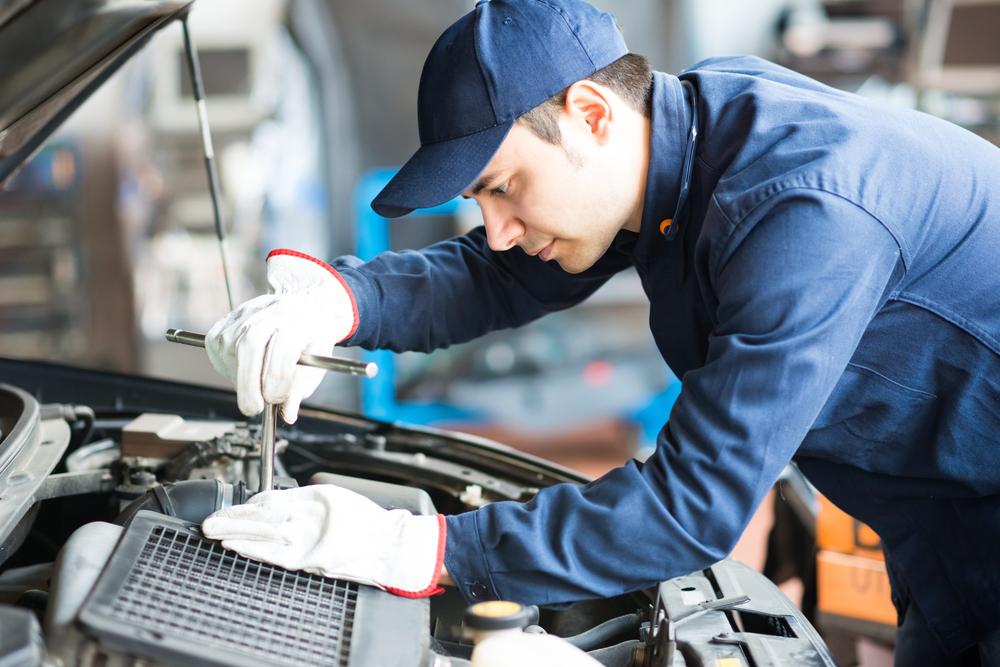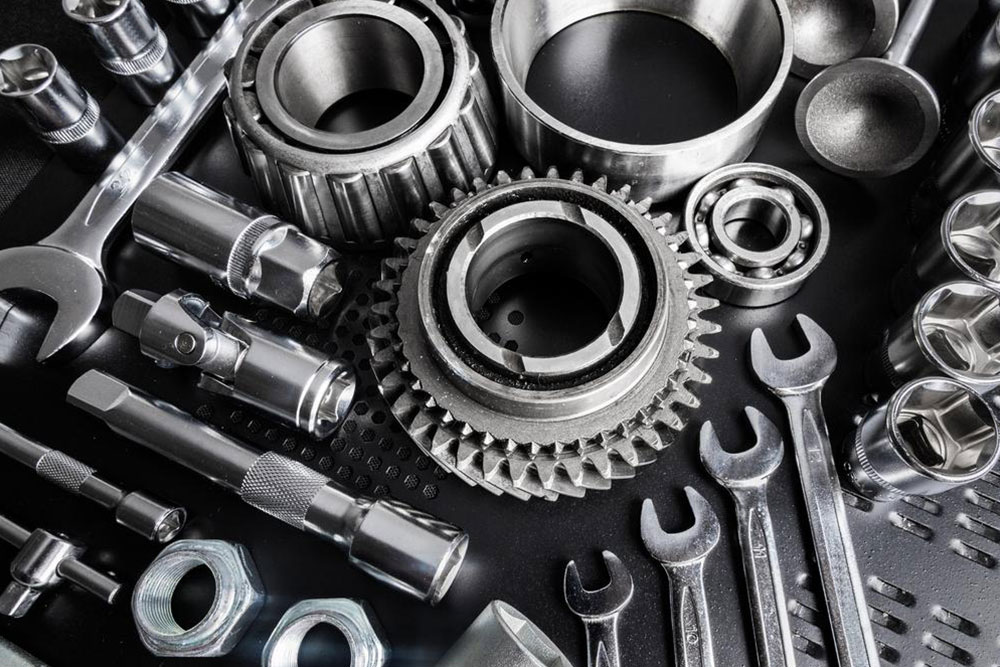Simplified Guide to Purchasing Auto Parts
Learn how to easily purchase auto parts, comparing OEM and aftermarket options. Discover factors like cost, quality, warranties, and best uses for each type. This guide helps vehicle owners make informed decisions for maintenance and repairs, ensuring safety and value. Whether for routine replacements or collision repairs, find which auto parts suit your needs best while understanding the benefits and limitations of both OEM and aftermarket choices.

Simplified Guide to Purchasing Auto Parts
For many vehicle owners, a car represents a major investment. Whether buying new or used, proper maintenance ensures it runs smoothly and prolongs its lifespan. Regular inspections of auto parts, along with timely repairs or replacements, are essential. To achieve the best results, choose auto parts from trusted sources.
Where to Find Auto Parts
When purchasing auto parts, options include authentic OEM parts from authorized suppliers or aftermarket parts created by third-party manufacturers.
Locally, aftermarket auto parts are often available through nearby mechanics, auto parts stores, or gas stations. However, OEM components might require ordering as they are less accessible in some regions. Deciding between OEM and aftermarket involves understanding their benefits.
One key advantage of aftermarket auto parts is cost savings; prices vary by brand. Conduct thorough research to find reliable brands with competitive prices. Be cautious of extremely cheap options or brands offering excessive discounts—quality verification is vital. Sometimes, aftermarket parts match or surpass OEM quality. Additionally, aftermarket options provide a wide array of brands and choices at affordable prices.
Conversely, aftermarket parts typically lack warranty coverage; however, some brands do offer warranties. OEM parts, directly from the original manufacturer, provide guaranteed quality and warranty protection. Although OEM parts tend to be more expensive, they ensure superior quality and a perfect fit, simplifying the selection process. Their higher cost reflects their trusted quality and reliability.
When to Choose OEM or Aftermarket Parts
For parts needing frequent replacement—such as tires, batteries, light bulbs, or fluids—aftermarket options are often suitable and economical. These items have shorter lifespans and can be sourced easily from reputable aftermarket dealers.
For collision repairs or bodywork, OEM parts are recommended to ensure proper fit, safety, and safety features like crumple zones. If your vehicle is leased, OEM parts are also preferred because aftermarket parts can reduce the vehicle’s value and potentially affect your security deposit.


